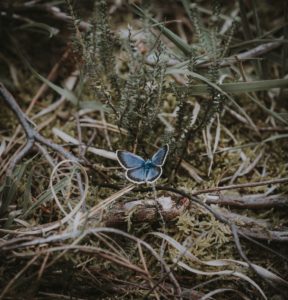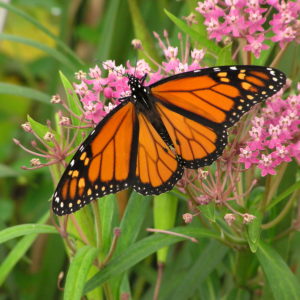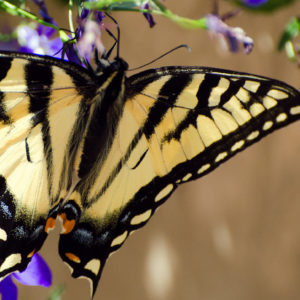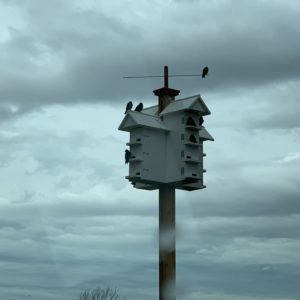The Rare Karner Blue Butterfly
Celebrating Flowers & Pollinators
Flowers are the reason our pollinator friends have a purpose. Their symbiotic relationship creates beauty and biological diversity. The Karner Blue Butterfly is one species that once graced Southwestern Ontario but has since disappeared. The cause being the destruction of habitat and the loss of its only food supply: The Wild Lupine.

We consistently praise the beauty of flowers, but it’s easy to forget why they are so important. With Wild Lupine preferring a sandy soil, and oak savannah, this flower, and these butterflies are narrowed to a specific ecosystem. The Great Lakes once flourished with both, but since the 1980’s, there hasn’t been a single sighting of the Karner Blue Butterfly in the wild.
The Karmer Blue
Common Name: Karner Blue
Latin Name: Lycaeides melissa samuelis
Status: Extirpated
Range: Southwestern Ontario and the Great Lakes area
Life Span: 5 days
Size: tiny, 25 millimetre wing-span
Photo is courtesy of Annie Spratt-Unsplash.com
Now extirpated from Canada, the Karner Blue is found only in captivity. There have been reintegration programs in New Hampshire, but without a consistent food supply, the success of these programs hang in the balance. These specialist butterflies live as adults for roughly five days. During these few days the Karner Blue will feed, mate and lay their eggs on the wild lupine leaves. They live the fast life but these butterflies are tiny, with 2.5cm wing spans. The males have deep blue wings with black edges and white outlines, where the females are so dark they’re nearly purple. Both the male and female are silvery grey on their undersides with orange crescent markings and black dots. Can you imagine seeing this blue butterfly in your backyard?
Show all your plants a little TLC! Remember, without flowers there wouldn’t be chocolate! When you care for flowers, butterflies, bees and birds will surely thank you in their own way. And, who knows, maybe one day, the Karner Blue Butterfly will return and call Canada home again.
A Few Fun Facts
- Eggs will be laid in the summer months and will over-winter on the leaves of the lupines, hatching the following summer to restart the entire circle of life.
- In 1944 Vladimir Nabokov identified the Blue Karner for the first time.
- The Larvae are the same colour as the Lupine leaves, bright green, so as to blend in more easily.
Photo is courtesy of Annie Spratt-Unsplash.com



